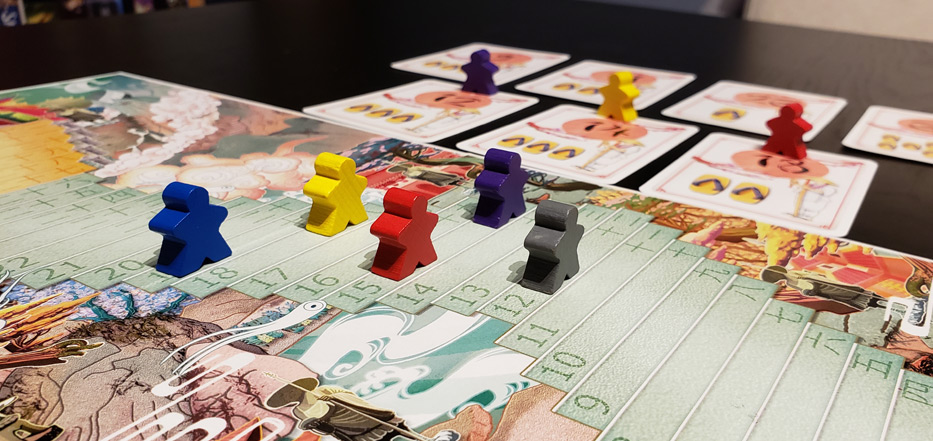
Shikoku is the smallest of the four main Japanese islands and home to 88 Buddhist temples. Players take on the role of pilgrims climbing the 33 steps to the top one of these temples. Being the first to the top is not the goal in this beautiful game that is teaching moderation.
The game of Shikoku is a unique experience and has more depth than you initially believe when you sit down with the game. This is essentially a racing game, with a twist. Instead of trying to be the first person to the top of the steps, you’re actually aiming to be second place or next to last. To a person who gets second place all the time, this game probably sounds like a dream. What we found was that coming in second place or next to last takes a lot of work!
A Race to Second
Players will climb 33 steps to the top of this beautifully illustrated board using a set of 3 cards that are in their hand. Each of the 33 uniquely numbered cards have two areas that players need to pay attention to. The large number at the top of the card is used to determine turn order for the players at the table. The number of sandals on the card will tell the player how many steps they will climb if they’re allowed to move during the movement phase.
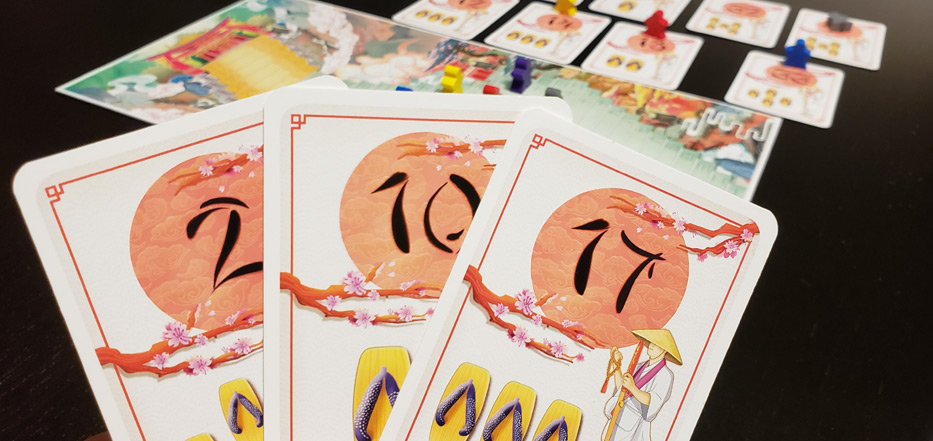
On your turn you will play a mantra card in the mantra line. Each time a player puts a card down, the line gets adjusted so that numbers are always ascending numerically left to right. Colored meeples will keep track of who laid down which card in the line. Once everyone has played a card, players move their pilgrims the number of steps shown on their card. That is, everyone except the second and next to last players in this line.
After moving their pilgrim meeples, players get to draft another card from a previous mantra line to refill their 3 card hand. Paying attention to the spread of numbers you have is incredibly important.
Shikoku creates a tremendous amount of tension in this phase because you never know what cards the other players will lay down. Being the first player to place a card means that everyone at the table can play cards that force you to move or not move. Being the last player to play gives you so much control because you see the full spread of cards in the mantra line. The cards numbered 1 and 33 become so valuable because they’re the only cards that guarantee that you move during a turn.
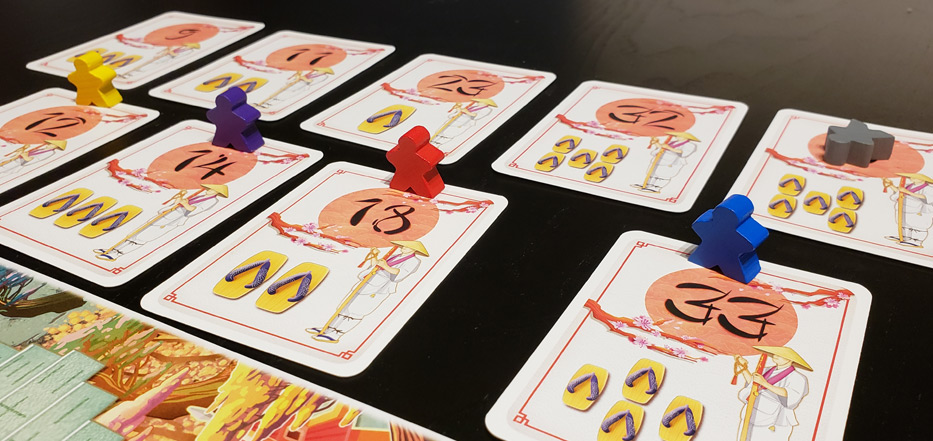
Having a wide range of cards gives you more control during your turn. When you wind up being the first or second player to put your card in the mantra line, all you can do is hope that your opponents play the exact cards you want them to play. You end up glaring at the players across from you, hoping that you can mind control an opponent to play a card that puts you in the position you want to be in.
In my very first game of Shikoku, my hand of high-numbered cards essentially forced my pilgrim to run up the stairs toward the pagoda at a speed I couldn’t control. I quickly realized that I needed lower and mid-range numbers so I could skip the movement phase when I moved too far up the steps.
The game ends after the movement phase when one or more players reach the 33rd step. Players in the second and next to last positions win the game together. In a 3 or 4 player game, only the second player will win.
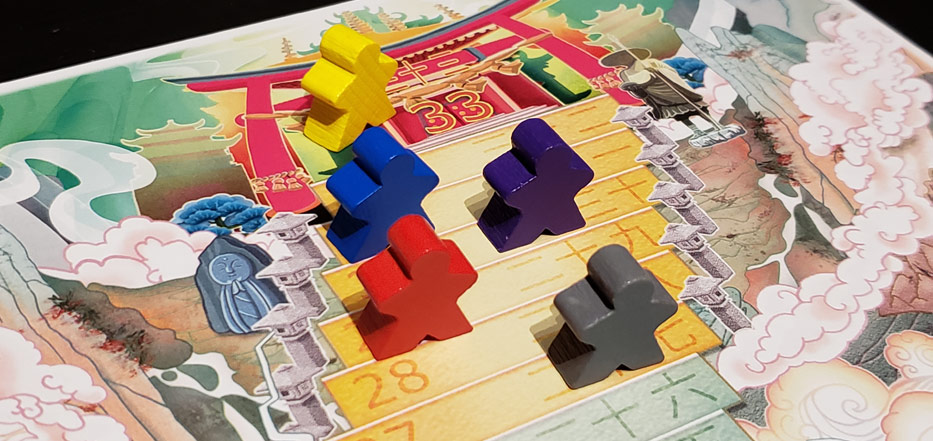
Teaching Moderation
Most games rely on beating your opponents, being the best at something or taking first place. Shikoku brings something unique to the table in awarding the players who practice moderation in their movement toward the pagoda. I never imagined trying to be second, or next to last place, would be such a challenge.
We had more than a couple games where players worked together to push other players up the steps. Players started to form alliances when they realized they can push another player into the first position by working together.
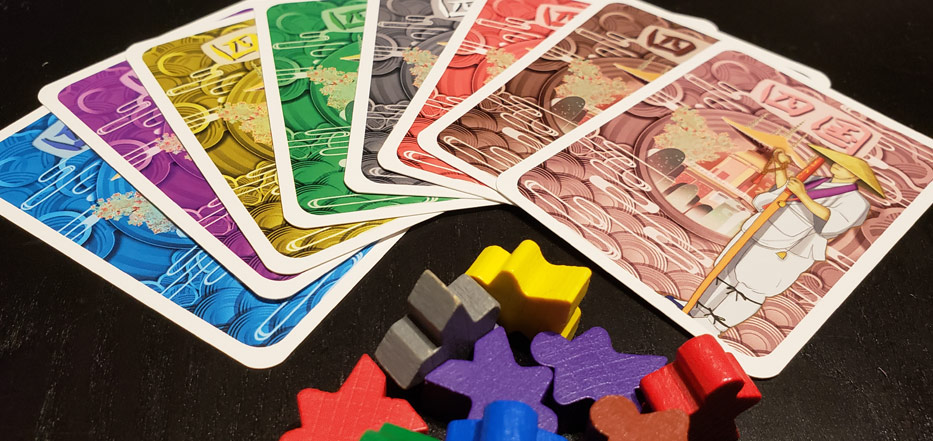
Even with a little backstabbing from friends at the game table, Shikoku was a fantastic game. We really loved that the game plays up to 8 players and can be played with as few as 3. The game moves faster, has a small rule change and there’s less tension with only 3 or 4 players. With 7 or 8 players, you’ll want to make sure players aren’t prone to analysis paralysis as they make their card choice.
In almost 10 games of Shikoku, I believe we found one of our favorite filler games. This game brings something a little different to the table, it’s simple to teach and it’s a game that not easy to master. We are so excited that Grand Gamers Guild has localized this game for North America.
You can get your hands on Shikoku by pre-ordering the game (with FREE U.S. shipping!) from Grand Gamers Guild today.
Grand Gamers Guild provided us with a previously released version of Shikoku for review. This in no way influenced our opinion of this game.
Highs
- Simple mechanics with a great twist that fits the theme
- Beautifully illustrated and great visual design
- Game supports up to 8 players
Lows
- Board is a little small especially at the 8 player count

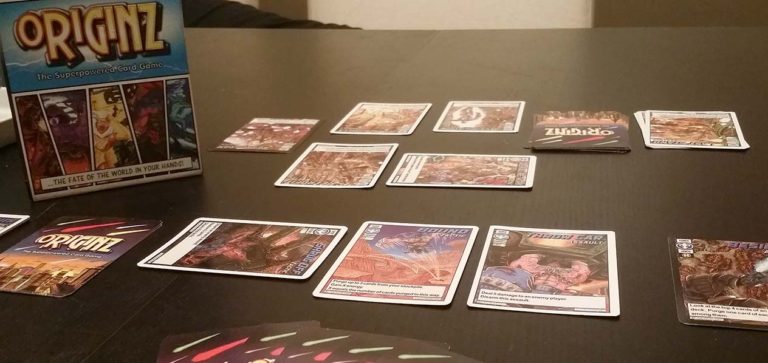


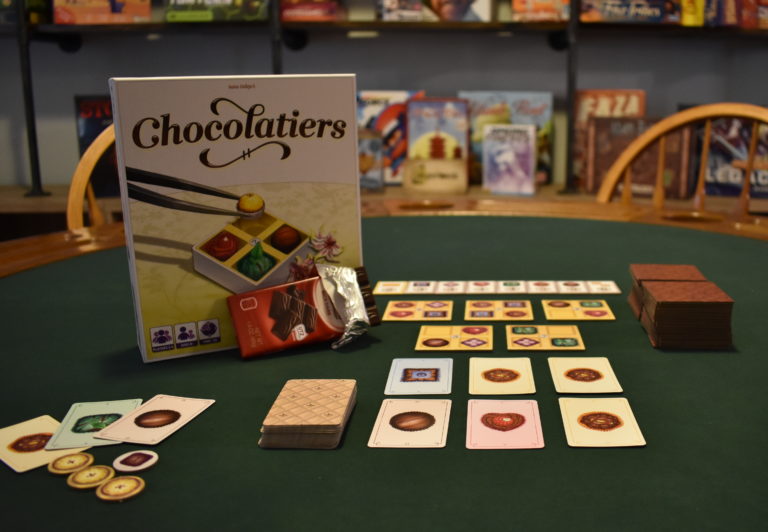
[…] When we feel like grabbing a game with a little more strategy, we’ll grab Welcome To, Arboretum, Shikoku or […]
[…] Grand Gamers Guild Released: May 2019 Full Review | Purchase on […]